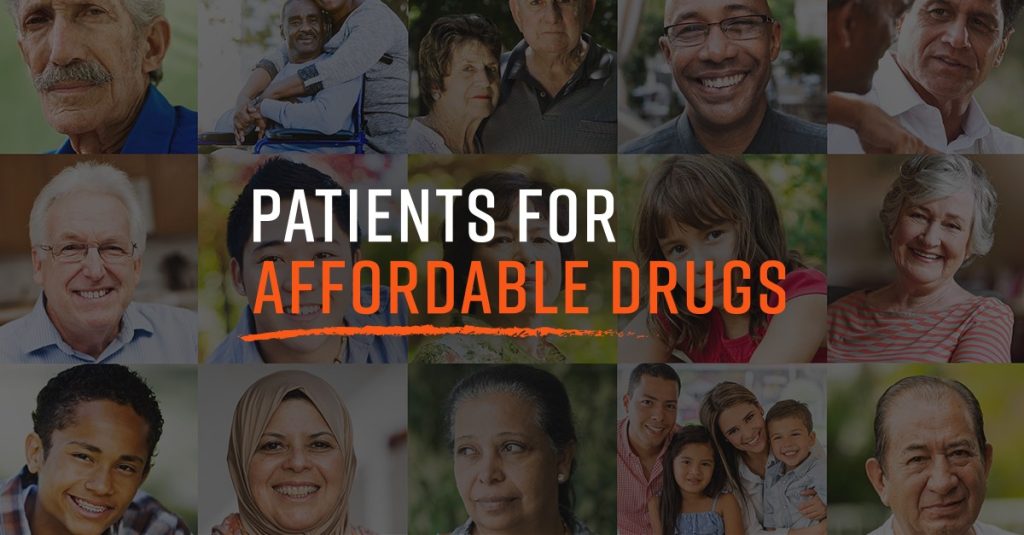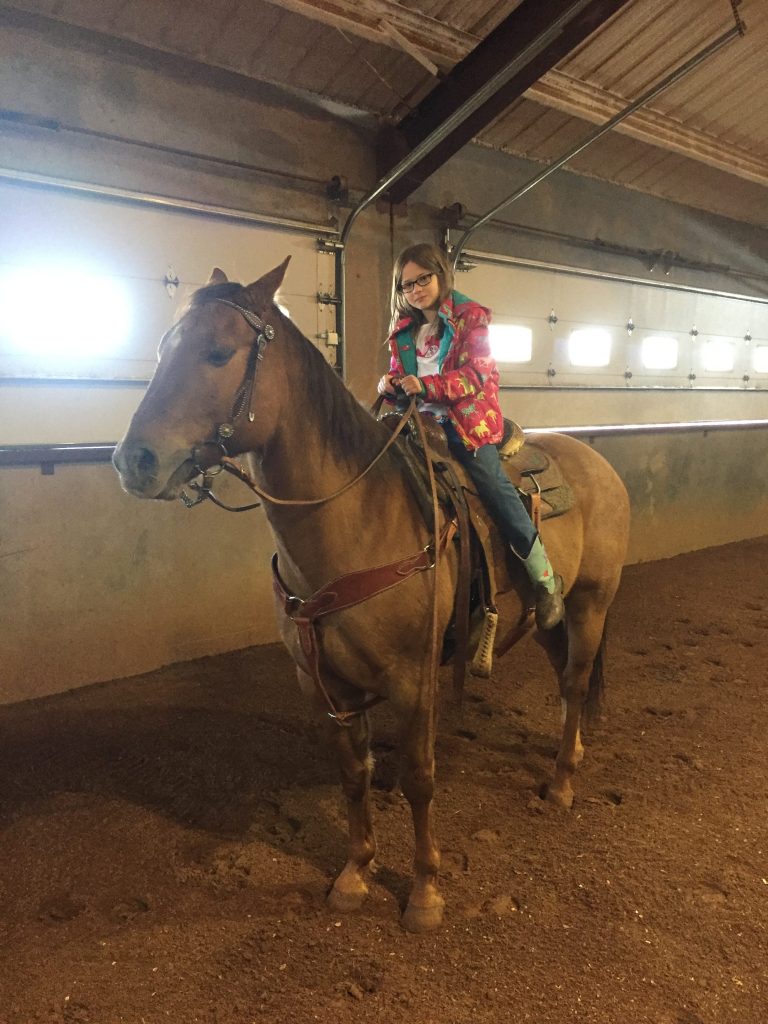Skyrocketing insulin prices threaten Oklahoma family
Patient Testimonies | January 29, 2018

January 29
Lily McCook’s room is full of stuffed animals, horse posters and Harry Potter books. Early each morning, as she sleeps under a fluffy comforter emblazoned with more horses, her favorite animal, her dad, Clayton McCook, quietly administers her blood sugar test with a lightning-fast poke of her finger.
Lily has Type 1 Diabetes, an autoimmune condition that entails the body attacking and destroying the pancreas, which makes insulin. Without insulin, the hormone needed to allow sugar (glucose) into cells to produce energy, Lily could die within days.
Standing by his sleeping daughter at 4:30 a.m., Clayton examines a test strip dotted with a drop of Lily’s blood. If it shows her blood sugar is too high, he administers insulin through her insulin pump, a device the size of a pager she wears all the time. The insulin flows through tiny needle held in place on her body with a half dollar-sized sticky disk. If it’s low, he wakes her up and gives her a glass of orange juice.
The single vial of insulin inside costs $325, said Clayton, 40. His daughter needs about one and a half a month now, but will need two per month as she grows. That doesn’t include the cost of the other supplies type I diabetics need to stay alive, like the test strips that cost $1 each out-of-pocket; the needle that administers the insulin, which must be changed every three days; the pump itself or Lily’s Continuous Glucose Monitor, the high-tech device that sends read-outs every five minutes to the family members via their smartphones.

McCook is an equine veterinarian who works with racehorses. His wife, Cindy, 41, is a part-time school teacher and a breast cancer survivor who also homeschools Lily three days a week, to keep close watch on her daughter’s health.
Clayton doesn’t wake them as he leaves the house. He grabs his briefcase and sets it inside his SUV, which is outfitted with a special cabinet to house veterinary supplies. He heads from the family’s suburban home to the racetrack in Oklahoma City to work.
His profession is dangerous, a fact he is acutely aware of as he goes about tending to the health needs of 1,100-pound racehorses. The dangers within the horse racing industry prompted a Congressional inquiry in the mid-2000s, and abroad, a British study listed being a horse vet as carrying the highest risk of injury of any civilian occupation.
“All it takes Is a well-timed kick in the wrong spot to put me in bad shape,” he said. “I worry about what would happen to my family if something debilitating were to happen to me.”
On the way to work, he says a silent prayer. He thanks God for his family’s good fortunes. Today, the family has good insurance. Today, they can afford Lily’s insulin. Today, Cindy’s cancer remains at bay. He asks God to keep him and his family safe for another day.
His daughter is among the strongest people he knows. He isn’t worried about her ability to care for herself as time goes on.
He’s worried about the way insulin prices are heading – relentlessly north, even though the drug is nearly 100 years old.
“The trajectory of insulin pricing, just since she was diagnosed, the cost of insurance, the cost of health care in this country, it’s not headed in the right direction for someone with her condition. I worry about systemic things that are beyond her control.”
He pushes these worries aside and goes carefully about his work.
“It’s always there,” he says of the load of worry stationed in his mind. “I try not to think about it too much; it’ll make you crazy. It’s always there, and it never goes away.”
You can help Lily today. The insulin market is controlled by a cartel of three companies that raised the prices of decades-old insulin by 300 percent in the past decade.
Drugs don’t work if people can’t afford them. Tell Congress to put patients first now.
